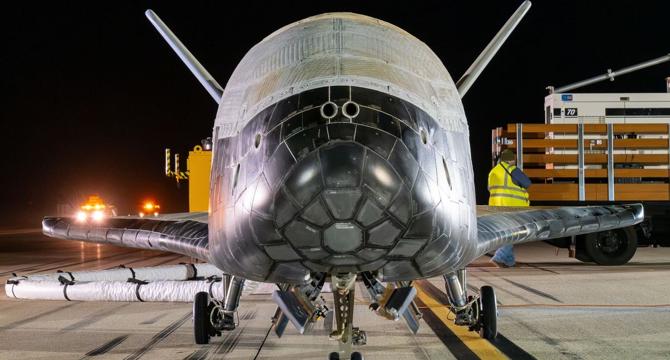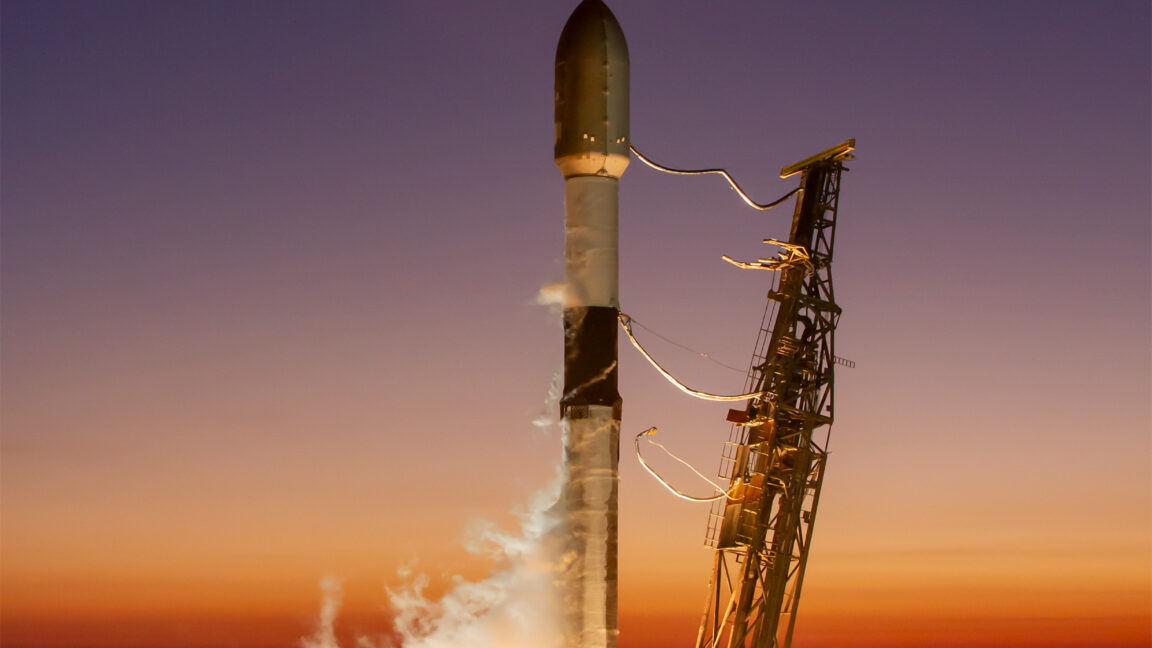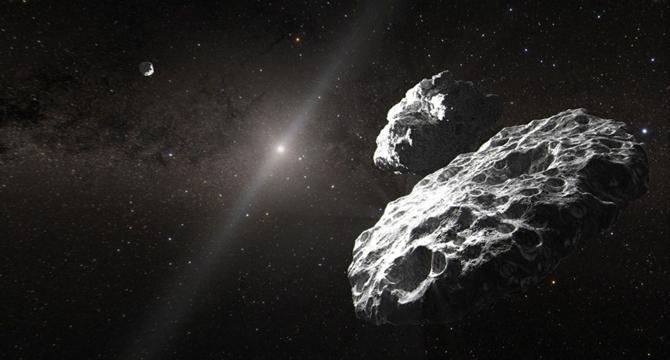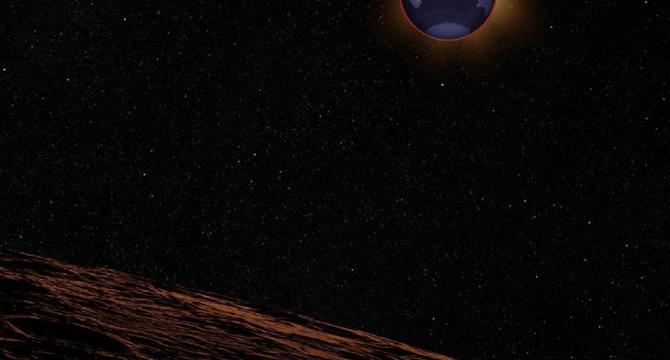Space News
Spaceflightnow
202

SpaceX details Falcon 9 anomaly that temporarily grounded the rocket fleet
- SpaceX experienced an anomaly with Falcon 9 booster B1086 during the Starlink 12-20 mission, leading to a fire post-landing and subsequent loss of the booster.
- The fire was contained in the engine compartment, demonstrating the design's effectiveness in limiting damage to a single engine.
- Initial investigation revealed a fuel leak in the first stage booster causing the fire; further analysis is ongoing to determine the root cause.
- Following the mishap, regulatory authorities like the FAA grounded the Falcon 9 fleet temporarily for safety assessments.
- NASA and SpaceX conducted evaluations to ensure safe operation for upcoming missions like Crew-10, SPHEREx, and PUNCH.
- SpaceX faced another issue during the Starlink 11-4 mission when a small oxygen leak led to an upper stage problem affecting attitude control.
- Despite the issue, Starlink satellites deployed correctly, but the rocket stage reentered the atmosphere over Poland in a passivation event.
- Enhanced checks and safety measures were implemented by SpaceX to prevent similar incidents and maintain launch readiness.
- SpaceX conducted a static fire test for the Crew-10 mission to evaluate fixes and readiness, emphasizing safety in crewed missions.
- SpaceX has dealt with upper stage issues in previous missions but continues to address and mitigate risks to ensure mission success and safety.
Read Full Article
12 Likes
Nasa
265

Image Credit: Nasa
About Pathfinding for Airspace with Autonomous Vehicles
- NASA's Pathfinding for Airspace with Autonomous Vehicles (PAAV) project aims to integrate remote air cargo and air taxi aircraft into national airspace, promising improvements in transport accessibility and efficiency.
- Expected growth in the US air cargo fleet necessitates solutions for pilot shortages, which could be mitigated by managing multiple aircraft remotely with new automation systems.
- Technical challenges for integrating autonomous technologies for remote air cargo deliveries and air taxi operations include airspace integration, hazard avoidance, and reliable communication.
- Remote pilots, operating from ground stations, require automation tools and robust communication links for safe control of aircraft in case of command-and-control failures.
- Detect and avoid systems, aided by sensors and algorithms, are crucial for remotely piloted aircraft to maintain safe distances from other air traffic and ground-based hazards.
- NASA is collaborating with industry partners to develop automated capabilities for taxi, takeoff, and landing to ensure safe operations of remotely piloted aircraft at busy airports.
- Interfacing with air traffic control and implementing hazard detection automation are steps towards enabling efficient and safe integration of remotely piloted operations in national airspace.
- Through research, testing, and industry partnerships, NASA aims to establish technical standards and certification requirements for the widespread adoption of remote piloting in air transportation.
- PAAV, a subproject under NASA's Air Traffic Management Exploration initiative, seeks to revolutionize air cargo deliveries and air travel by enhancing safety, affordability, and scalability.
- Ultimately, NASA envisions a future where remote pilots can manage multiple large aircraft, facilitating efficient transportation of passengers and goods while expanding access to underserved communities.
Read Full Article
15 Likes
Nasa
338

NASA, Partners to Conduct Space Station Research During Expedition 73
- NASA astronauts Nichole Ayers, Anne McClain, Takuya Onishi, and Roscosmos cosmonaut Kirill Peskov are preparing to conduct scientific research as part of Expedition 73 aboard the International Space Station.
- Some of the research projects include the Complement of Integrated Protocols for Human Exploration Research investigation, testing software for lunar navigation, Material Ignition and Suppression Test to improve fire safety, and Drain Brain 2.0 to study blood flow in microgravity.
- The International Space Station serves as a platform for conducting research that is not possible on Earth. These studies will contribute to future space missions and advancements in space exploration.
- For more information about the International Space Station and its research, visit the official NASA website.
Read Full Article
20 Likes
TechCrunch
139

Image Credit: TechCrunch
Eric Schmidt joins Relativity Space as CEO
- Eric Schmidt, former CEO of Google, has been appointed as the CEO of Relativity Space, a rocket startup.
- Schmidt is taking over from the company's co-founder, Tim Ellis.
- Relativity Space is preparing to launch its larger rocket, Terran R, in 2026 to compete with SpaceX’s Falcon 9 and Falcon Heavy.
- The company aims to use innovative technologies, such as 3D printers, automated robots, and AI, to produce its rockets.
Read Full Article
8 Likes
Discover more
Livescience
230

Image Credit: Livescience
Top-secret X-37B space plane returns to Earth in dead of night after mysterious 434-day mission, US military reveals
- The US government's secretive X-37B space plane has returned to Earth after a 434-day mission.
- The recent flight is being hailed as the start of an exciting new chapter in the X-37B program.
- During the mission, the space plane performed successful aerobraking maneuvers to change its altitude.
- The X-37B's primary goal is to advance reusable spacecraft technology through conducting various experiments in orbit.
Read Full Article
13 Likes
Nasa
283

Image Credit: Nasa
40 Years Ago: Space Shuttle Atlantis Makes its Public Debut
- NASA's space shuttle Atlantis made its public debut during a rollout ceremony on March 6, 1985.
- The construction of Atlantis took three years, and it joined NASA's other three orbiters as well as the atmospheric test vehicle, Enterprise.
- Atlantis flew 33 missions in a career spanning 26 years, performing a wide range of missions and contributing to the assembly and maintenance of the International Space Station.
- Currently, Atlantis is on display at the Visitor Center of NASA's Kennedy Space Center in Florida.
Read Full Article
17 Likes
Nasa
4

Image Credit: Nasa
NASA’s Dawn Sees Crescent Ceres
- NASA’s Dawn spacecraft captured an image of Ceres’ south polar region, the dwarf planet in the asteroid belt between Mars and Jupiter.
- Launched in 2007, Dawn completed extended stays at asteroid Vesta and dwarf planet Ceres.
- The mission aimed to capture the early moments of the solar system's origin and study the formation of terrestrial planets.
- Dawn's mission ended in 2018, after successfully exploring the inner solar system and providing valuable insights.
Read Full Article
Like
The Robot Report
351

SCSP recommends national robotics strategy to new administration
- The Special Competitive Studies Project (SCSP) recommended a national robotics strategy to the new administration for economic competitiveness and national security.
- SCSP emphasized the importance of U.S. leadership in AI and robotics through coordinated action across government, industry, and academia.
- The organization listed objectives including setting national-level technology goals, accelerating adoption of robotics, and achieving strategic independence for the U.S. robotics industry.
- SCSP highlighted how AI and robotics can enhance various industries such as manufacturing, logistics, agriculture, and aerospace while addressing job shortages and trade dependencies.
- The recommendations by SCSP aim to drive economic growth, strengthen the American workforce, and ensure a resilient domestic robotics ecosystem.
- The organization suggested the establishment of a Technology Competitiveness Council (TCC) at the White House to facilitate public-private partnerships and tech strategy.
- SCSP incorporated similar ideas from other organizations like A3 and the National Robotics Roadmap to enhance U.S. efforts in robotics within the context of U.S.-China tech competition.
- The memo highlighted the urgency in reshoring production, reskilling the workforce, and advancing robotics manufacturing to compete with China.
- SCSP proposed the concept of a data foundry for robotics and industrial AI in the U.S. to ensure data security, participation, and integration with open-source initiatives like ROS.
- SCSP suggested that the U.S. Department of Defense (DoD) could support the growth of domestic factories by providing guidance, incentives, and purchase agreements, particularly in areas like shipbuilding.
Read Full Article
21 Likes
Nasa
189

Image Credit: Nasa
Station Readies for Upcoming SpaceX Crew Swap, Keeps Up Space Research
- The Expedition 72 crew is preparing for the upcoming SpaceX Crew-10 mission to the International Space Station.
- The Crew-10 mission is targeted for launch on Wednesday, with four astronauts from NASA, JAXA, and Roscosmos.
- After handover, the current Crew-9 members will return to Earth aboard another Dragon crew spacecraft.
- Meanwhile, advanced space science and lab maintenance activities continue aboard the space station.
Read Full Article
11 Likes
Nasa
121

Image Credit: Nasa
NASA Ames Science Directorate: Stars of the Month – March 2025
- The NASA Ames Science Directorate recognizes the outstanding contributions of (pictured left to right) Jessica Kong, Josh Alwood, and Sam Kim.
- Jessica Kong, serving as the Facility Service Manager (FSM) for the Astrobiology and Life Science Lab building for the Exobiology Branch, has effectively coordinated repairs and building shutdowns while minimizing disruption to laboratory research.
- Josh Alwood, a researcher for the Space Biosciences Research Branch, has contributed to advancing the development of countermeasures to protect astronaut health on long-duration missions, particularly in the field of skeletal adaptation during spaceflight.
- Sam Kim, a systems administrator and deputy project manager with the Earth Science Project Office (ESPO), successfully fulfilled multiple roles during the 2024 ASIA-AQ field mission and ensured the facilities were ready for the science and instrument team.
Read Full Article
7 Likes
Metro
207

Image Credit: Metro
What a 3.5 billion-year-old meteor crater tells us about the Earth
- Scientists have discovered a 3.5 billion-year-old meteor crater in Western Australia.
- The North Pole Dome Site is believed to be the oldest crater in the world and provides important clues about Earth's early history.
- The study of 'shatter cones' within the crater suggests a major meteorite impact occurred, indicating that large impacts were common in the early solar system.
- The discovery of more ancient craters like this could potentially shed light on how life on Earth began.
Read Full Article
12 Likes
Arstechnica
198

Image Credit: Arstechnica
What’s behind the recent string of failures and delays at SpaceX?
- SpaceX has experienced a series of failures and delays in recent months.
- The most recent delay is for a NASA mission called SPHEREx, which has been postponed due to issues with integrating the rocket and payloads.
- Additionally, a Falcon 9 rocket experienced an engine fuel leak during ascent, although the satellites still reached orbit. However, the first stage caught fire and toppled over after landing on a droneship.
- These recent failures and delays are uncharacteristic for SpaceX, which had previously gone three years without a Falcon 9 landing failure.
Read Full Article
11 Likes
The Verge
216

Image Credit: The Verge
Space collisions could become a bigger risk thanks to greenhouse gas pollution
- Greenhouse gas pollution is increasing the risk of satellite collisions.
- Pollution causes Earth's upper atmosphere to contract, potentially raising collision risks.
- Greenhouse gas emissions reduce drag on space debris, allowing it to stay in orbit longer.
- Satellite carrying capacity could decline by 24-33% in a middle-of-the-road scenario.
Read Full Article
13 Likes
Livescience
275

Image Credit: Livescience
Astronomers identify a celestial '3-body problem' lurking in the outer solar system
- A rare example of a 'three-body problem' has been identified in the outer solar system, hinting at the existence of more triplets in the cosmic neighborhood.
- Astronomers initially discovered what they thought was a binary system named 148780 Altjira in the Kuiper Belt in 2001.
- Further study published in The Planetary Science Journal suggests that Altjira may actually be a triple system with two smaller objects orbiting closely to each other.
- The system is too distant for visual confirmation, but data from the Hubble Space Telescope and Keck Observatory support the triple system theory.
- The next decade will provide opportunities to observe the Altjira system in detail during its 'eclipsing season.'
- The three-body problem, involving three objects with similar mass orbiting each other, poses a mathematical challenge disrupting their trajectories.
- Triple systems such as Altjira and 47171 Lempo challenge conventional orbital mechanics understanding in the Kuiper Belt.
- Around 40 binary systems in the Kuiper Belt may contain unidentified triple systems, suggesting more discoveries in the region.
- Scientists estimate that there could be 'several hundred thousand' more Kuiper Belt objects still to be discovered.
- The study highlights that the Kuiper Belt could be a significant area for finding various three-body systems in the universe.
Read Full Article
16 Likes
Digitaltrends
193

Image Credit: Digitaltrends
How to catch the ‘Blood Moon’ total lunar eclipse this week
- A total lunar eclipse will be visible on the night of March 13 to 14.
- The moon's bright white color will gradually darken to orange or deep red, giving it the name 'Blood Moon'.
- The eclipse will be visible in North America and many other parts of the world.
- To get the best view, look for a viewing spot with minimal lights and avoid looking at your phone.
Read Full Article
11 Likes
For uninterrupted reading, download the app